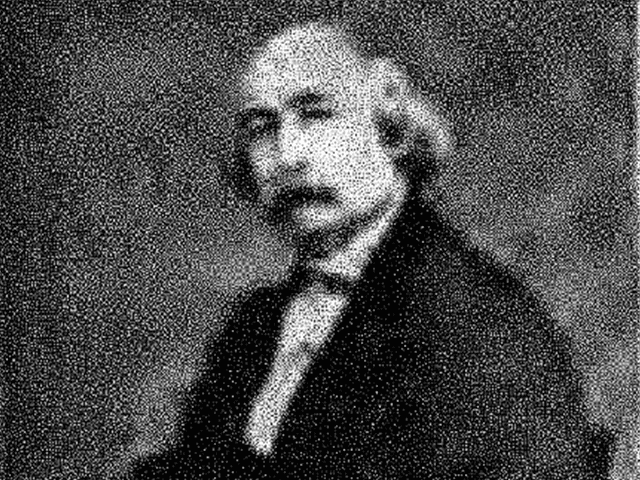<
Henry Mayhew – London Labour and the London Poor
